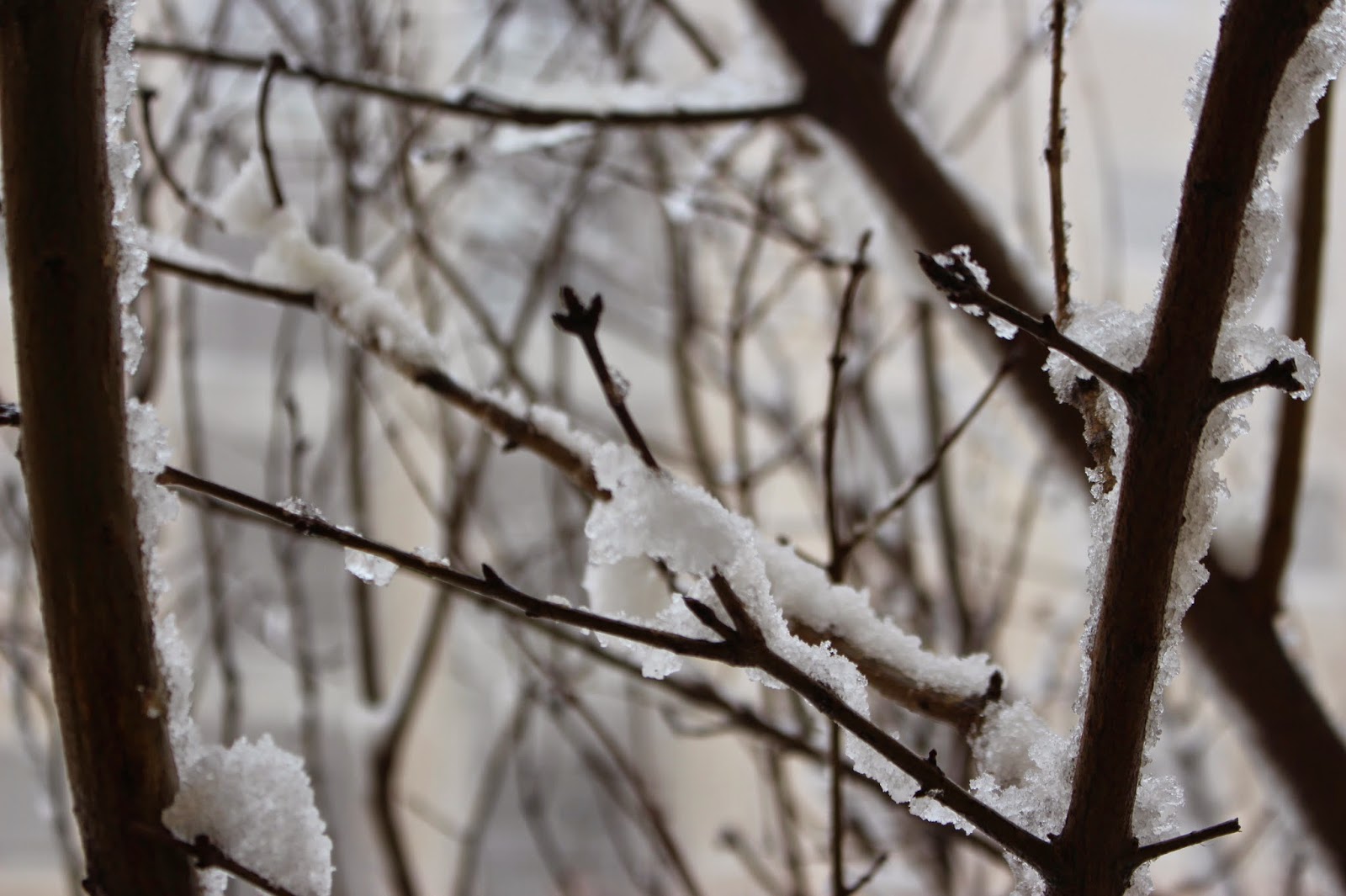 Several sources I found suggest Jerusalem has a heavy snow storm on average every 7 years. Before we give that more meaning than it may deserve, I checked with some weather sites and found, it really all depends on your definition of heavy.
Several sources I found suggest Jerusalem has a heavy snow storm on average every 7 years. Before we give that more meaning than it may deserve, I checked with some weather sites and found, it really all depends on your definition of heavy.  From the point of view of this Wisconsin Girl, what I’m looking at out my dorm window is merely a good foundation. For Jerusalem, even though they had a pretty impressive snow last winter, and each of the last several years, this may as well be the storm of the century. In any event, it is an event!
From the point of view of this Wisconsin Girl, what I’m looking at out my dorm window is merely a good foundation. For Jerusalem, even though they had a pretty impressive snow last winter, and each of the last several years, this may as well be the storm of the century. In any event, it is an event!
I read posts from friends in Illinois who just had a pretty impressive late winter storm.
The panicked rush to the grocery store before it hit was pretty well, and often humorously documented. The long lines, the empty shelves, the grumpy customers, you’d think they were expecting the apocalypse.
Having grown up in the northern Midwest, and living in southern Illinois since 1996, I can pretty much guarantee, even if you run out of milk, and the city shuts down, the stores and roads will likely be open tomorrow, or the next day. Nearly every municipality, local and state, has a fleet of snowplows and a variety of chemicals or substances to address the snow and ice and get the people moving again.
Not so here in Israel, especially Jerusalem.
Built on seven hills, the inclination alone is a problem. You may recall early on I observed everything is a ten minute walk from wherever you are, and all uphill. Of course, Jerusalem is bigger than that, and obviously what goes up must come down. Imagine the possible careening down the winding, narrow streets all over the city!
 |
| photo credit: Te'ena Ben-Haim |
 |
| photo credit: Te'ena Ben-Haim |
 |
| North Jerusalem Neighborhood Photo Credit: Gila Goren |
And then, we have that whole, we’re in the desert thing. Snow is obviously not unheard of but it is still an anomaly. Why buy a fleet of plows that you might have the opportunity to use once, maybe twice a year on the roads that could be cleared.
Better a day or two off.
Finally there is this. The storm hit last night. As I write, I’m watching the icing that I woke up to on my pomegranate bush melt and fall away from the branches, the snowmen in the courtyard are melting into oblivion, and the sun is shining in a brilliant, azure sky. In a few hours the Shabbat sirens will sound, and by Sunday, the snow will be a memory.
So, it's not Armageddon but it is an event.

I can’t get out and about to show you the city, but if you’d like to see more snow in Israel, visit:
http://www.bibleplaces.com/jerusalemsnow.htm
http://www.israelexperts.com/blog/photo-history-snow-jerusalem
http://www.dailymail.co.uk/news/article-2260223/Jerusalem-hit-worst-snowstorm-TWENTY-YEARS-inches-falls-Holy-City-closing-roads-schools.html
http://www.timesofisrael.com/jerusalem-braces-for-storm-three-times-worse-than-what-has-been-seen-so-far/
 |
| the day after |


















